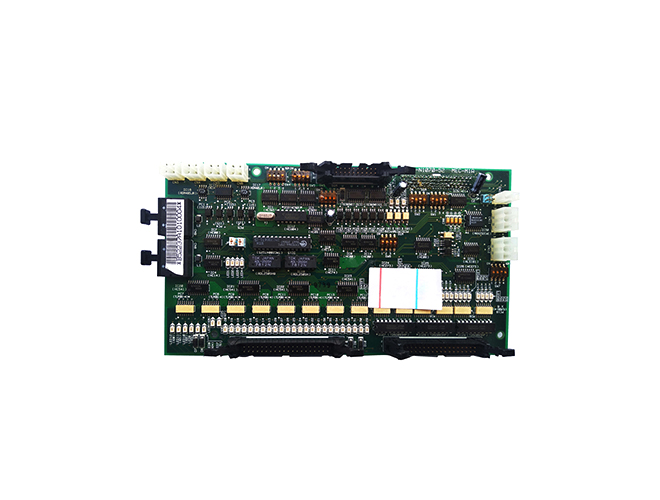-
CN
-
Service Hotline
+8618129931046 Mr. Liao


Time:2025-04-19 Views:1

In PCB (Printed Circuit Board) design, impedance control is of utmost importance, especially in high - speed digital and high - frequency analog circuits. Proper impedance matching ensures efficient signal transmission, minimizes signal reflections, and reduces electromagnetic interference (EMI). Here are some key impedance control techniques.
Trace Width and Length Optimization
The width of a PCB trace directly affects its characteristic impedance. For a microstrip line (a trace on the surface of the PCB with a ground plane beneath), the impedance is inversely proportional to the trace width. To achieve a specific impedance value, such as the commonly used 50 - ohm impedance for high - speed signals, designers need to accurately calculate and adjust the trace width. For example, in a 4 - layer PCB with a standard FR - 4 substrate, a 50 - ohm microstrip line might have a trace width of around 8 - 10 mils, depending on the dielectric constant of the substrate and the thickness of the copper layer. Additionally, the length of the trace should be minimized as much as possible. Long traces can introduce additional impedance variations and signal delays. Designers often use software tools that can calculate the impedance based on the physical parameters of the trace and the PCB stack - up.
Stack - up Design
The PCB stack - up, which refers to the arrangement of different layers (signal layers, power planes, and ground planes), plays a crucial role in impedance control. By carefully choosing the number of layers, the thickness of each layer, and the dielectric materials between the layers, designers can control the impedance of the traces. For instance, a multi - layer PCB with alternating signal and plane layers can provide better impedance control compared to a two - layer PCB. The distance between the signal trace and the adjacent plane also affects the impedance. A closer proximity to the plane results in a lower impedance. In a typical high - speed PCB design, the stack - up might include multiple power and ground planes to provide stable power distribution and also act as reference planes for signal traces to control impedance.
Via Design
Vias are used to connect different layers in a PCB. However, vias can introduce impedance discontinuities if not designed properly. To minimize this, designers use techniques such as controlled - impedance vias. This involves optimizing the diameter of the via, the length of the barrel, and the presence of anti - pads (areas on planes where copper is removed around the via). For example, using smaller - diameter vias and shorter barrel lengths can help reduce the inductance associated with the via, thus minimizing impedance changes. Additionally, placing vias in groups or arrays can help distribute the current more evenly and reduce the overall impedance impact.